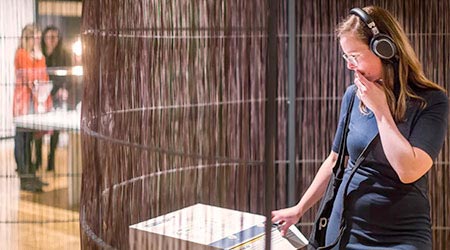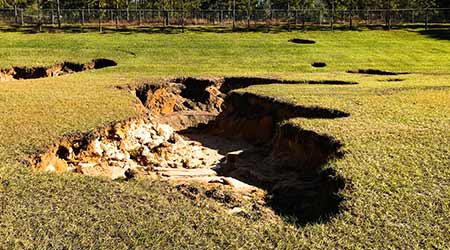
Automated Demand-Response: How Common Is It?
June 1, 2018
As the weather heats us, facility managers must remember: If you have a demand-response agreement with your utility, make sure you’re set up to maximize it. One facet of smart grid that holds huge potential benefits is automated demand-response. But just how common is it?
Automated demand-response allows the utility to send a notification to a facility’s building automation system. The BAS automatically then initiates a pre-designed demand-response plan. So with automated demand-response, the process of responding to an event is much easier — indeed, it’s automatic. You have the fancy BAS system, now why not take advantage of all its capabilities?
Of 13,629 enrolled megawatts (MW) of demand-response programs, about 13 percent — 1,050 MW — is fully automated, According to the 2017 Utility Demand Response Market Snapshot from the Smart Electric Power Alliance.
In many cases, that means demand-response is still a manual function — managers choose which things to turn off or turn down and use their BAS to do so. In some cases, technicians go out and manually hit switches. Often, notification from the utility of a demand-response event comes via text message, e-mail, or phone call, and the event usually coincides with the afternoon peak hours when electricity demand is high and expensive to produce. Managers then implement those demand-response plans and notify occupants that the facility is in a demand-response event for the next several hours or so.
An article in the June issue of Building Operating Management looks at a different way to think about automated demand-response. What if facility managers could do a sort of quasi-demand-response in their buildings, independent of the utility, but still when electricity prices are highest? What would it look like and how would one implement it? The article provides tips and advice for using real-time pricing to curtail energy costs.
This Quick Read was submitted by Greg Zimmerman, executive editor, Building Operating Management. Read his cover story profiling Northwestern University’s vice president of facilities management, John D’Angelo.
Next
Read next on FacilitiesNet












